Olives are the fruit of the olive tree, which grows in the Mediterranean, parts of Africa, and tropical and central Asia. Researchers in Spain have found olive seeds that are 8,000 years old, and archaeological evidence shows that olive trees were grown as a crop as early as 2500 BCE.
Raw olives are much too bitter to eat. They can only be eaten after they have been processed, usually by curing or pickling. Most olives are turned into olive oil, but some are kept and used in food, especially in Mediterranean cooking. Olives that are picked before they are fully ripe are called "green olives." Their unique flavour comes in due to the fact that they are soaked in lye before being brined in oil.
Table of Contents
What is olive fruit?
Olives are the fruit of the "European olive" tree, which is called Olea europaea. Olive trees are grown in South America, South Africa, India, China, Australia, New Zealand, Mexico, and the United States, as well as in the Mediterranean Basin.
Olives come in many different kinds, and many Mediterranean dishes use them. Spain, Italy, Greece, Turkey, and Morocco all export a lot of olives.
Olives may be good for your health because they have vitamins and antioxidants. Some studies have shown, for example, that olives may help prevent osteoporosis, a disease in which bones become weak and brittle.
Olives also have a lot of vitamin E, which can help your skin and immune system.
Nutritional value of olive fruit:
Calories: 116 kcals
Protein: 0.84 g
Fibre: 1.60 g
Vitamins and Minerals
Total fat: 10.90 g
Carbohydrate: 6.04 g
Vitamin C: 0.90 mg
Vitamin B3: 0.04 mg
Magnesium: 4 mg
Calcium: 88 mg
Iron: 6.28 mg
Potassium: 8 mg
Copper: 0.25 mg
Sodium: 735 mg
Zinc: 0.22 mg
Olive fruit health benefits:
- Keeps heart healthy:
Studies have shown that eating olive oil, especially extra-virgin olive oil, may lower the risk of heart disease and death in people who are at a high risk for this condition.
2. Prevents cancer:
In petri dish experiments, scientists have shown that oleocanthal, which is found in olives, can kill cancer cells. Studies on people have shown that eating olive oil can lower the risk of getting cancer, including breast cancer.
3. Lessens the chance of getting cognitive diseases:
Olives and olive oil contain oleocanthal, which has been linked to a lower risk of Alzheimer's disease and other brain diseases. This chemical also makes the drug donepezil work better. Donepezil is used to treat dementia.
4. Prevents diabetes:
Researchers have found a link between eating olive oil and avoiding type 2 diabetes. This is because olive oil helps the body control glucose (sugar). Type 2 diabetes can happen when glucose levels aren't kept in check.
5. Reduces inflammation:
Chronic inflammation is a key part of many diseases, such as psoriasis and rheumatoid arthritis. Antioxidants, which are found in olives in large amounts, have been shown to help with long-term inflammation.
Antioxidants like hydroxytyrosol and oleanolic acid, which are found in olives, have been shown to help reduce inflammation in animals. Animal studies have also shown that oleanolic acid is good for the health of the liver and helps control the amount of fat in the blood.
Do olives and olive oil have the same health benefits?
Olives and olive oil are both good for you in many ways. Both have fats that are good for your heart, as well as vitamins E and K and some important minerals. Both may help lower "bad" LDL cholesterol and raise "good" HDL cholesterol.
Olives also have fibre, which is good for you. They also make you feel full because you can eat them on their own. Olive oil, on the other hand, is just fat, and you add small amounts to food or cook with it.
Which olive is good to eat?
Whether you eat green, black, Castelvetrano, or kalamata olives doesn't matter.
Colour differences are due to ripeness. Green olives are picked before they are fully ripe, while black olives are picked when they are ready.
Different kinds have different tastes because of the way they are cured and how long they are cured for. Olives right off the tree are bitter, so they need to be cured before they can be eaten.
For curing, a mixture of water and salt is used. So, if you have high blood pressure (hypertension), you should choose a snack with less salt. If you want to cut down on the sodium in olives, rinse them with water before you put them in food or eat them straight from the jar.
How many olives can you have in a day?
Stick to about a quarter cup a day, which is about a handful. Peart says that this amount gives you all the benefits of the fruit. If you eat more than that, the calories and salt could add up. If you don't like eating olives right out of the can or jar, you can add them to almost anything to give it a little kick, like your next salad, pizza, chicken dinner, or even breakfast.
Even though olives are good for you, you shouldn't eat them all day long. If you eat just the right amount, you'll have the perfect snack.
Difference between olive fruit and olive oil:
Olives
- Whole olives have less fat and calories than chopped olives. For example, 10 medium olives have only 40 kcal per serving.
- Most of the time, raw olives have a lot of sodium. Before you can eat olives, you have to cure or pickle them.
- Olives naturally ferment, which means they contain good bacteria. Usually, green olives are picked before they are fully grown, when they have more polyphenols.
- Whole olives have fibre in them.
Olive oil
- Almost all of olive oil is fat. There are 120 calories in a tablespoon of olive oil.
- Olive oil has almost no salt.
- Olive oil can be added to many foods, like salads and pasta. But the curing process destroys a lot of the polyphenols in olives. Most of these polyphenols are kept in extra virgin olive oil.
- When black olives ripen on the tree, they have more oil.
- There are no dietary fibres in olive oil.

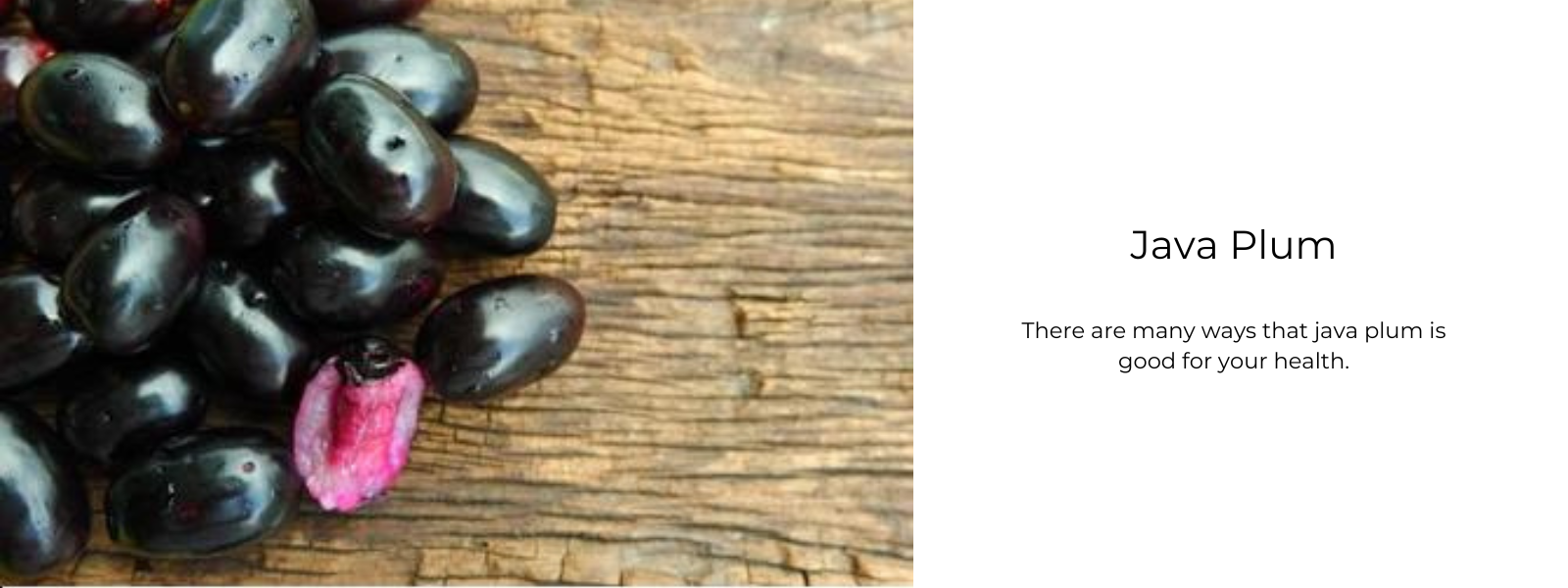

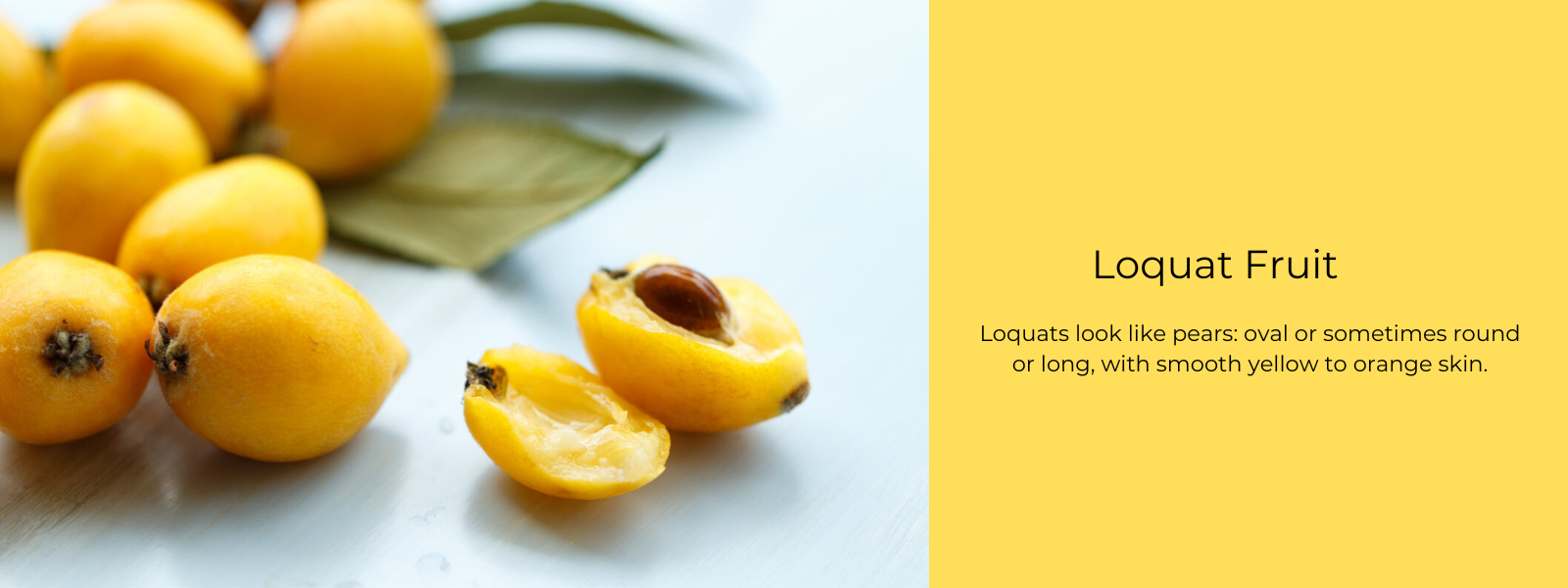
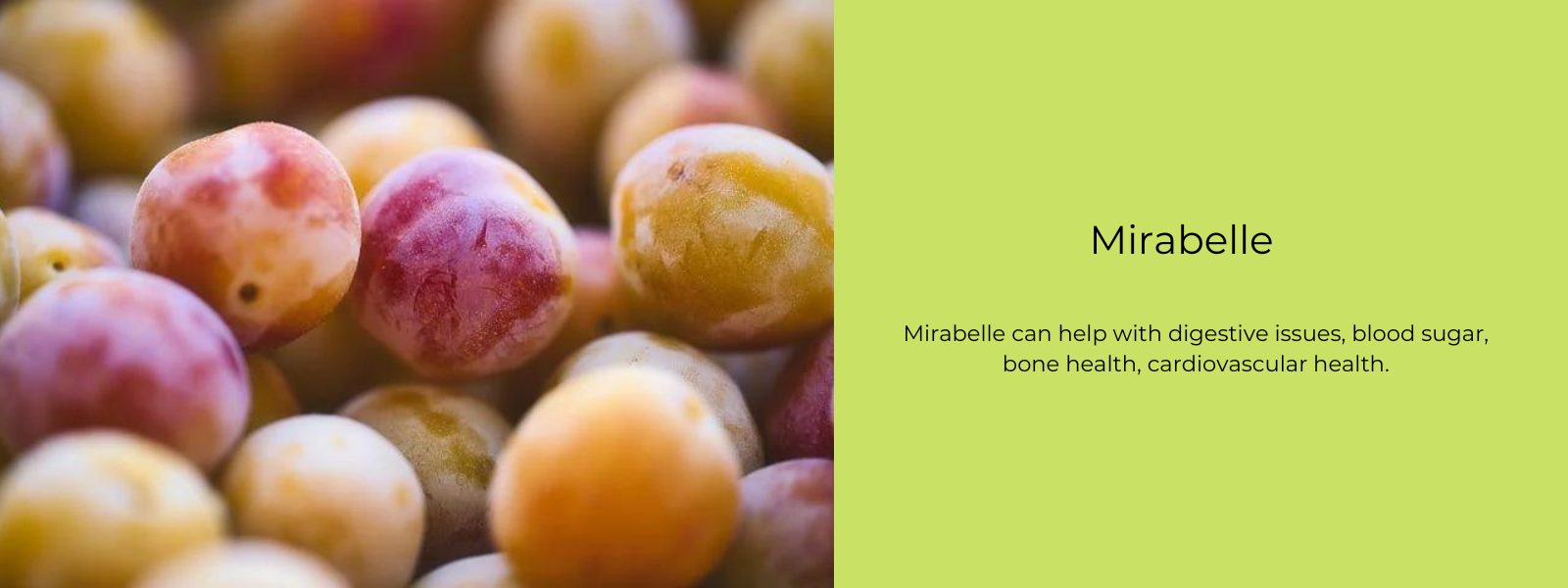
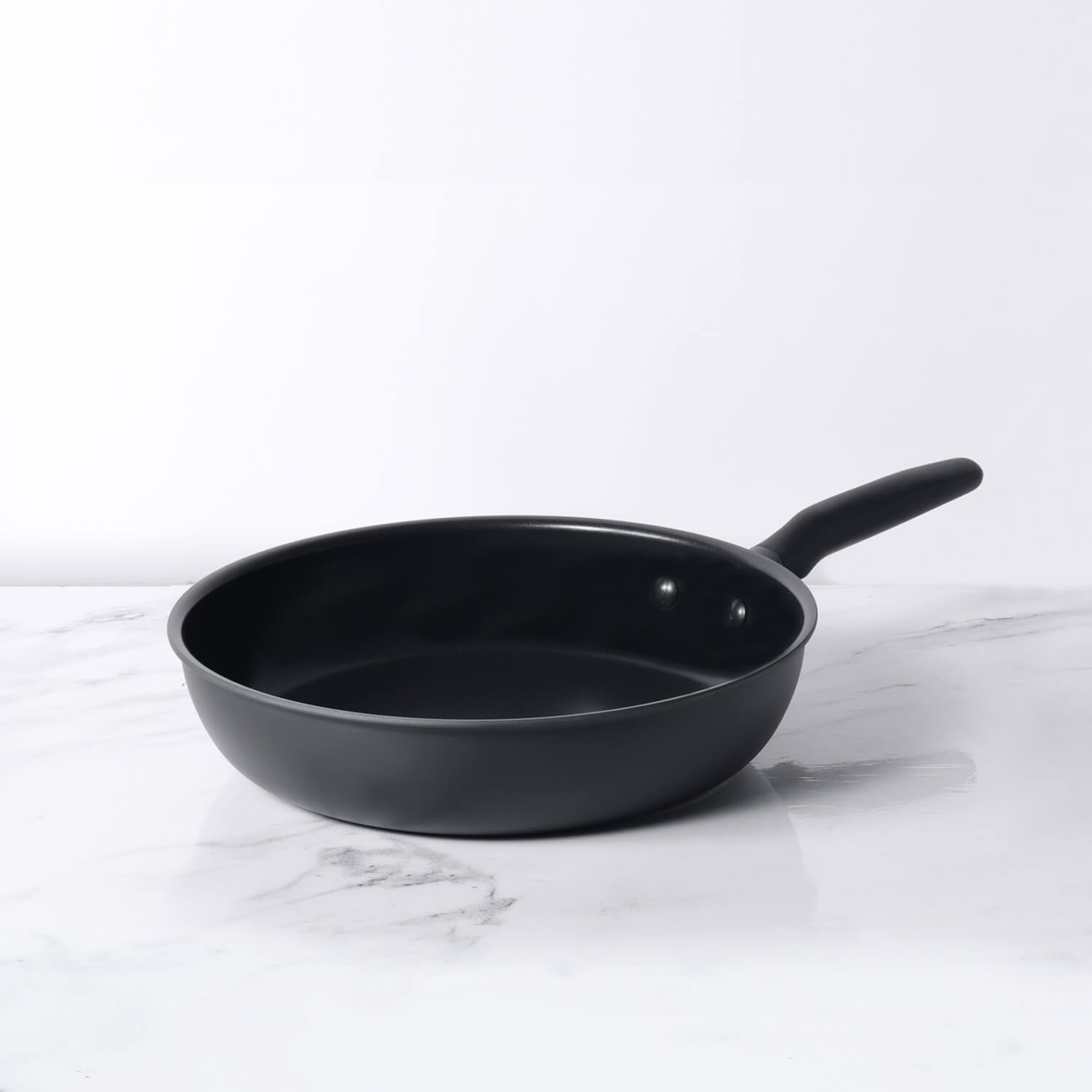
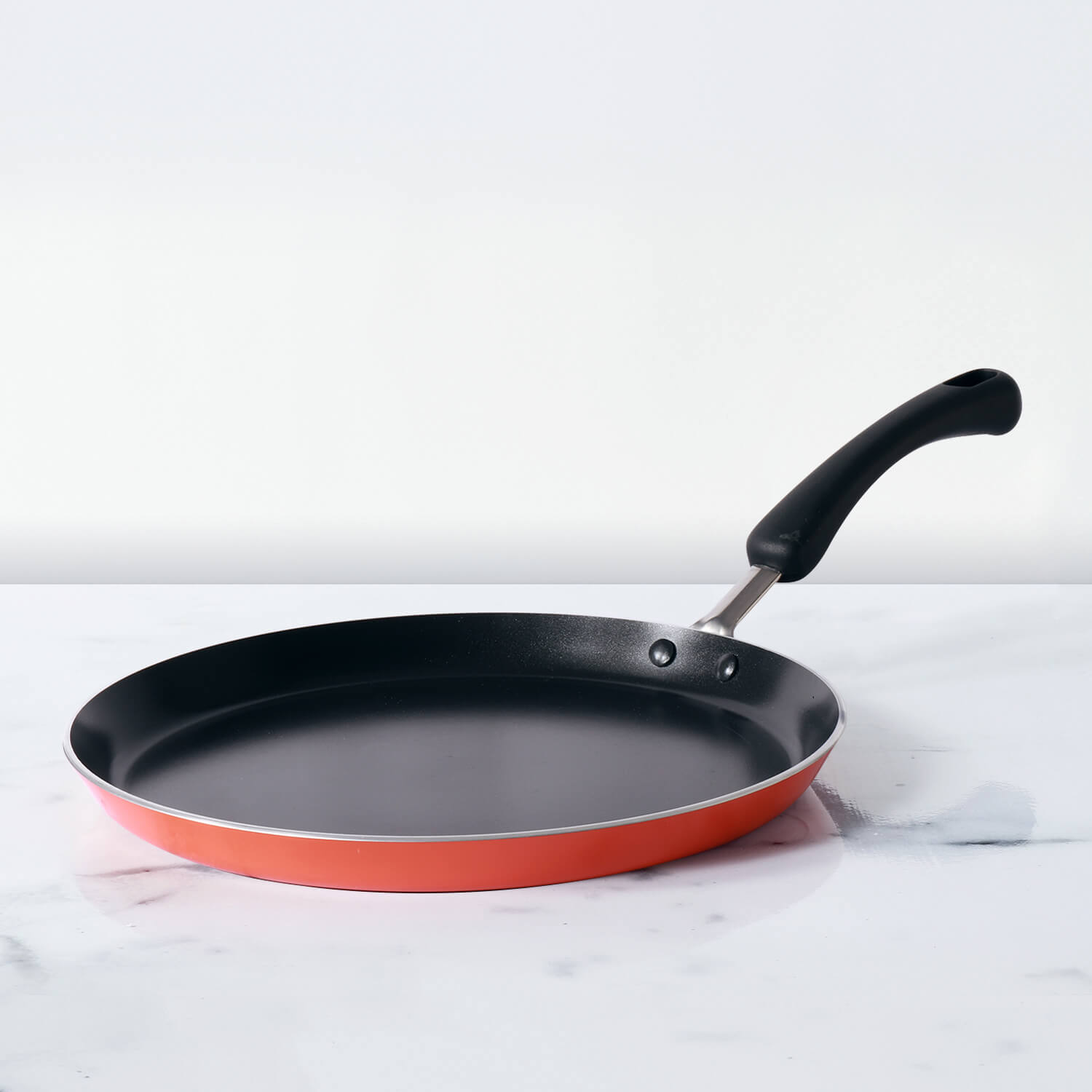




Leave a comment